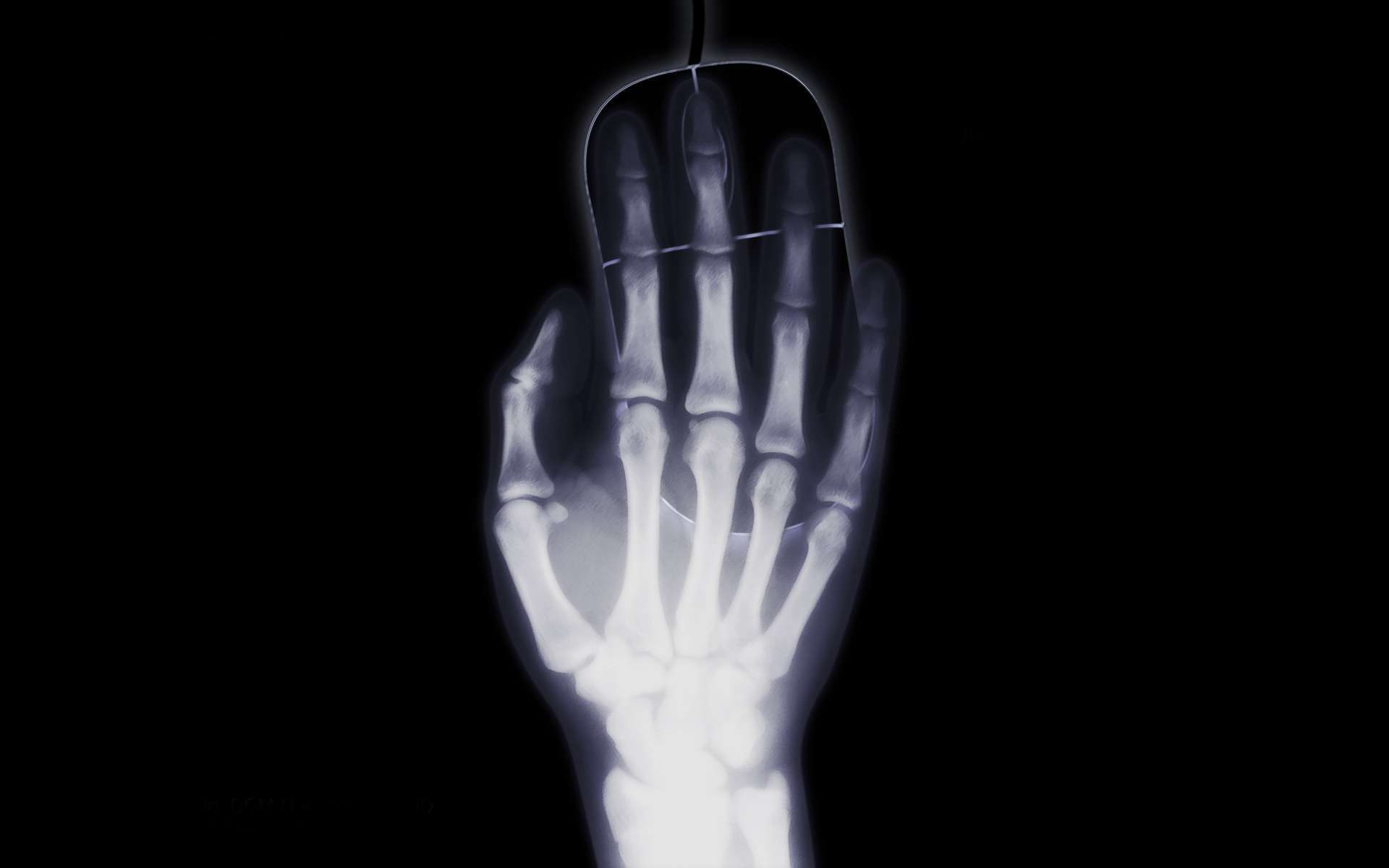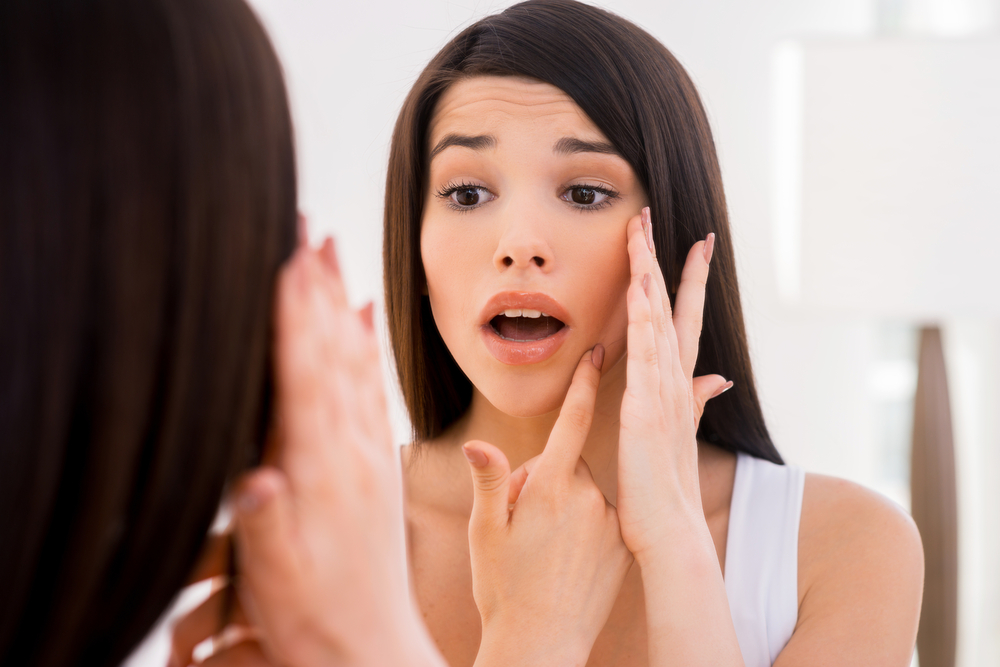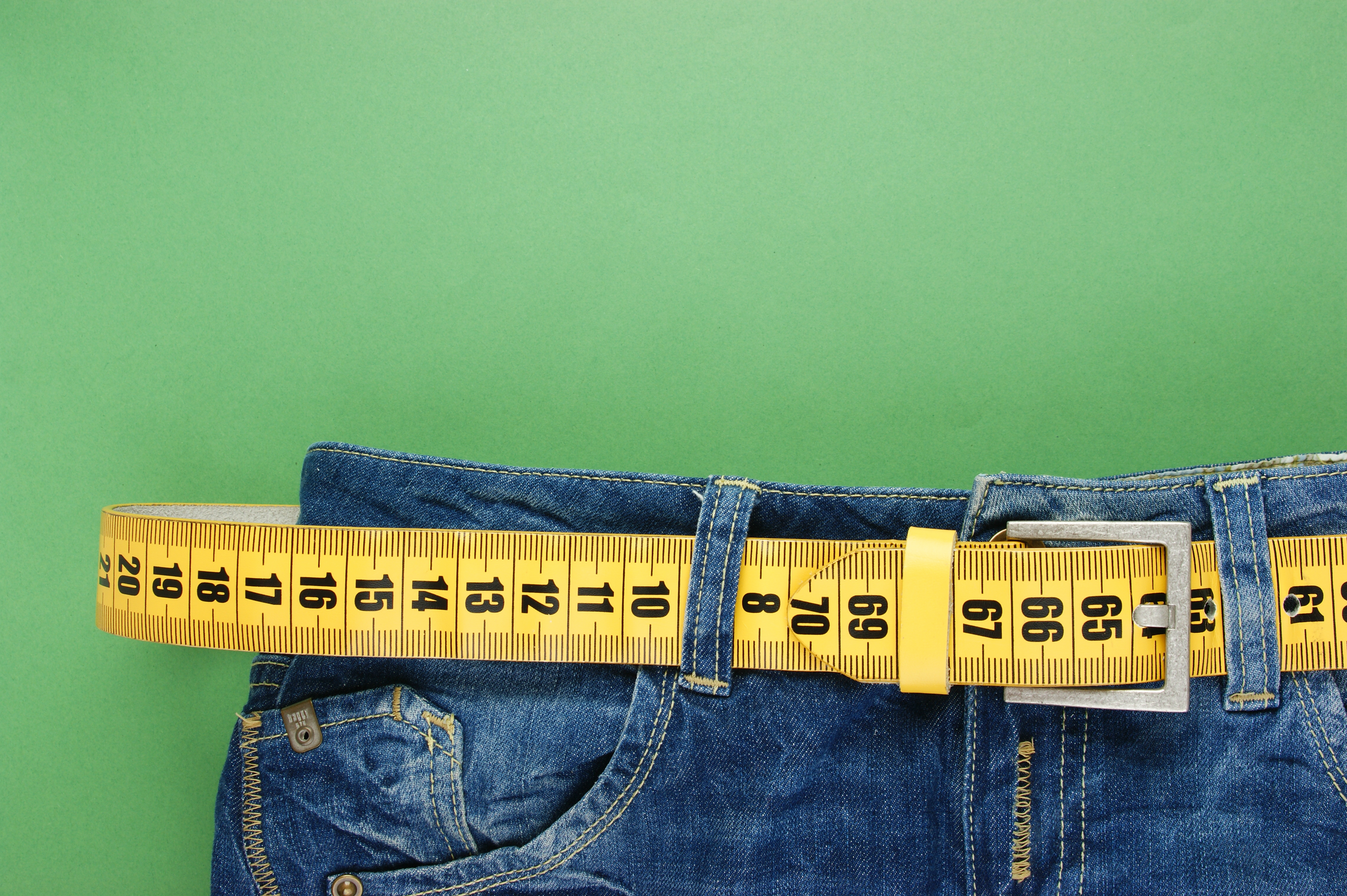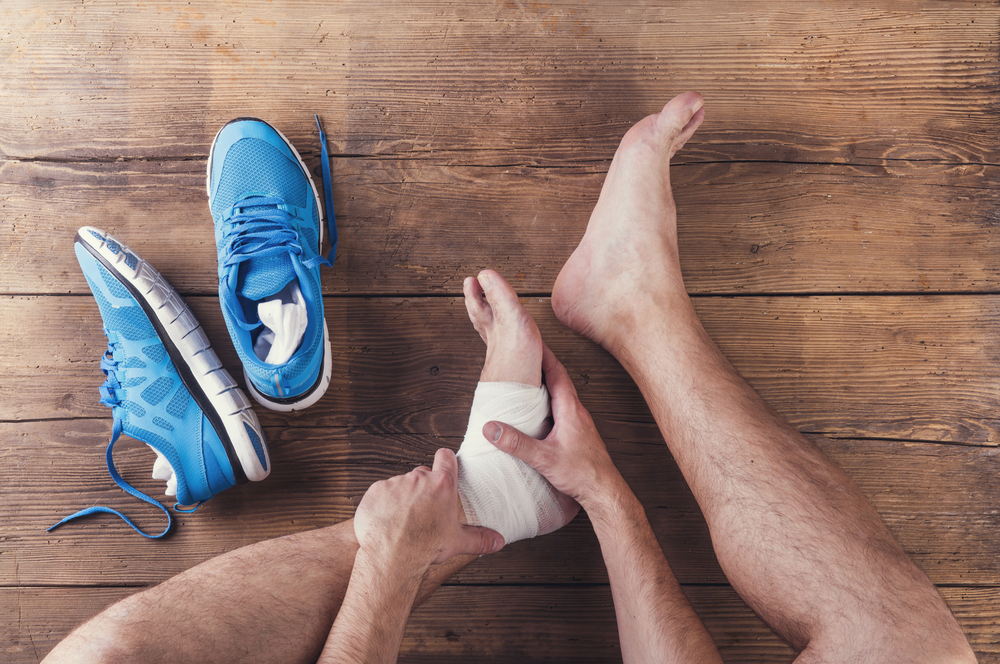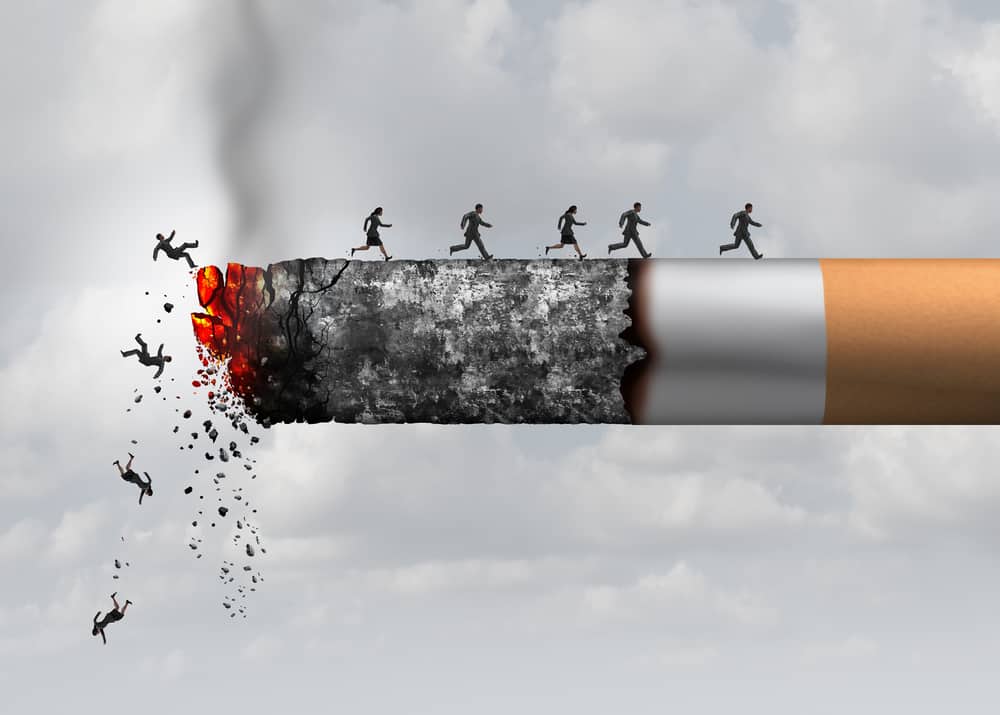Contents:
- Medical Video: What Causes Osteoarthritis Joint Disease? - Manipal Hospital
- 10 of the most common bone diseases
- 1. Osteoporosis
- 2. Paget's disease
- 3. Osteogenesis imperfecta
- 4. Bone cancer
- 5. Rakhitis
- 6. Osteomalacia
- 7. Akromegali
- 8. Legg-Calve-Perthes
- 9. Fibrous dysplasia
- 10. Osteomyelitis
- Ways to keep your bones healthy
- 1. Change your diet
- 2. Stop smoking
- 3. Sports
Medical Video: What Causes Osteoarthritis Joint Disease? - Manipal Hospital
Do you know that you have 206 bones in your body? Your own skeleton weighs up to 15% of your body weight. Your bones are very important because they provide structure to your skeleton and allow it to move and protect the internal organs. No doubt, bone is an important part of your body.
Your bones have a life cycle. They are born, grow, and eventually die to make room for new bones. The combination of collagen and calcium makes your bones. This gives bones flexibility and strength. As you age, the process of making bones slows down and without proper treatment can cause various types of bone diseases.
Bone disease is usually caused by low bone mass and damage to bone structure. Low bone mass is when the bone loses minerals such as calcium. As a result, bones are easily broken.
Those who lack calcium from their diet or have hormonal imbalances or cell abnormalities are more likely to have bone disease. There are certain factors in your life that might also increase your risk of getting bone disease.
10 of the most common bone diseases
1. Osteoporosis
Osteoporosis is a disease characterized by loss of abnormal bone mass and damage to bone structure in older adults. This can make your bones weak and more likely to break. Osteoporosis is an asymptomatic disease. You might not know you have it until your bones break. Osteoporosis can be prevented with proper nutrition and exercise along with a bone mineral density test. Please ask your doctor for more information.
2. Paget's disease
Paget's disease is a bone disorder that causes abnormal damage to bone tissue in certain parts of the bone. Usually the bones appear thicker and bigger. A cell type called osteoclasts is responsible for damaging bone tissue. Overactive osteoclasts cause bone formation to work quickly to replace lost bone. However, new irregular bone tissue makes bones brittle and easily broken. This usually involves the spine, pelvis, legs, or skull, although any bone can be affected.
3. Osteogenesis imperfecta
This disease is a genetic disorder that makes bones break easily. Sometimes the bones are broken for unknown reasons. Osteogenesis imperfecta can range from mild to severe, and symptoms vary from person to person. A person may experience only a few or up to hundreds of fractures in his life. There is no cure for osteogenesis imperfecta, but you can control symptoms.
4. Bone cancer
Apart from its name, bone cancer generally does not start from the bone. According to National Cancer Institute, most cases of bone cancer are caused by cancer cells that spread from other cancerous organs. There are several types of bone cancer such as osteosarcoma, chondrosarcoma, and Ewing's sarcoma. To reduce the risk of bone cancer, you must maintain a healthy diet and lifestyle. Regular exercise will also help.
5. Rakhitis
When children do not get enough vitamin D, they may get rickets, a disease that causes weak bones in children. Vitamin D is needed to help absorb calcium and phosphorus. Without vitamins and minerals, bones cannot grow properly and become weak. Children with rickets may also have muscle aches, growth disorders, and deformities of bones and teeth.
6. Osteomalacia
Osteomalacia is similar to rahkitis because it is caused by a lack of vitamin D in the body, but affects mainly adults. Vitamin D deficiency interferes with bone in absorbing calcium and phosphorus, which causes bones not to develop properly and become weak.
7. Akromegali
Acromegaly is characterized by excessive bone growth caused by excess levels of growth hormone in the body. This can cause serious health risks including type 2 diabetes, high blood pressure, increased risk of cardiovascular disease, arthritis and intestinal polyps, which can develop into colon cancer. It is difficult to diagnose acromegaly in the initial stages. Fortunately, this disease can be treated in many cases.
8. Legg-Calve-Perthes
Commonly known as Perthes disease, Legg-Calve-Perthes disease occurs when the bones in the hip do not get enough blood, causing limps and pain that comes and goes. Finally, it causes the bones to die. This disease usually occurs in boys aged 4 to 10 years.
9. Fibrous dysplasia
Like Paget's disease, fibrous dysplasia causes excessive growth or bone swelling. However, the cause of this disease is due to abnormal bone-making cells. Fibrous dysplasia is often part of a condition known as McCune-Albright syndrome which includes symptoms such as spots on skin pigmentation, early puberty, excessive thyroid hormone, gigantism or acromegaly, and other rare conditions.
10. Osteomyelitis
Osteomyelitis is a bone infection, which can occur suddenly and is acute or chronic. Treatment may include antibiotics and in some cases, surgery to remove infected bone tissue.
Ways to keep your bones healthy
Don't be afraid, bone disease can be prevented and can sometimes be treated. For strong bones, there are 3 simple changes in everyday life that you can do to make your bones healthy.
1. Change your diet
You can keep your bones healthy by providing the nutrients they need to grow strong. Calcium and vitamin D are very important for bone health.
Usually your body reaches the "peak" of bone mass at the age of 25 years. Before that age, nutrition will have a high impact on increasing bone growth. When we pass that age, what we can do is extend the life of our bones. Vitamin D will help your body absorb all calcium from food and supplements, while calcium will prevent bone mass from diminishing and keep you from various bone diseases.
2. Stop smoking
Another way to keep bones healthy is not to smoke. This will not only help your bones, but also other parts of your body. Smoking can reduce bone density. When you stop smoking, you will realize an increase in appetite. Make sure you choose the right food and don't fill your body with empty calories. Not only are your bones healthy but your heart will also be healthy.
3. Sports
Like all parts of your body, your bones are made up of living cells and they can get many benefits from regular exercise. Sports that don't require equipment are the simplest way to get started. This sport includes walking, swimming, or dancing. The best exercise to strengthen bones is by weight training.
However, the wrong way to do weight training can harm your bones. The best thing is to start with a light weight and slowly increase your scale. You can also have a coach to give advice and make sure your exercise does not cause too much pressure on your body.
Without your bones, you will end up like a pile of organs and skin on the ground. Caring for your bones will make you move freely and without pain. You must have a bone check at least every year. This way the doctor can detect the initial signs and keep you healthy.

